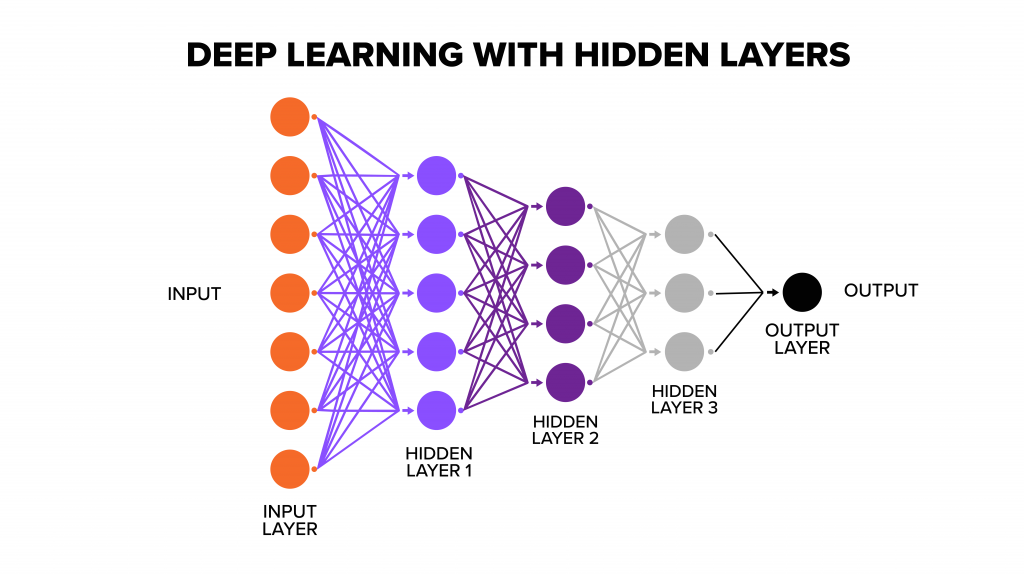Abstract
In the last few decades, there has been significant growth in the field of Deep Learning in every aspect of life to improve the quality of life although machine learning and artificial intelligence are also associated with deep learning and not only that but deep learning is a subset of machine learning only and are showing very intriguing results. When compared to other approaches, deep learning-based approaches produce more intriguing results in a variety of applications, including speech recognition, and as a result, it attracts a lot of research and study. In this blog, a review of recent developments in this field is offered, as well as a discussion of ongoing research projects that are focused on the issue.
Introduction
Self Driving cars, detecting cancer cells, and analyzing MRIs and automated customer support. We all have been hearing about these things and in the present time, we all are witnessing these technologies which sounded impossible a few years ago. But has anyone wondered how these things are coming to life, it is all because of deep learning. Many of you have heard about this but what is it exactly deep learning how it works. Machine learning is a subset of artificial intelligence, while deep learning is a subset of machine learning. Artificial intelligence is a technique that allows a machine to mimic human behaviour, while machine learning is a technique that uses algorithms and data to develop artificial intelligence. Machine learning and artificial intelligence allow a machine to analyze data to predict future happenings related to it. Deep learning is a sort of machine learning that is inspired by the human brain and involves training data for results with minimal human interaction. In deep learning, we create an artificial neural network that resembles the human brain. For example: If we have to differentiate between cherries and tomatoes with the help of machine learning we have to provide the features of both the fruits like the sizes and stems etc. But in deep learning, these features are automatically picked up by the machine itself.
Neural Networks
A neural network is a network of neurons that is used in deep learning to imitate a human brain. Deep neural networks are based on the approximation principle. This crucial feature has proven invaluable since it allows neural networks to be used to solve every significant difficulty in deep machine learning, particularly those involving the input and output regions. Deep neural networks not only provide a solution for comprehending the intricate systems that operate in the human brain, but they also provide a way to predict how the brain will behave in the future. This neural network is provided with data and is constantly adjusted for the desired outputs and this helps in training the neural network. First of all, there is an input layer of neurons in which every neuron is provided with a small bit of information/data. There is also an output layer of neurons that provides the final result and in between them there are many more layers of neurons that are connected by an intricate network called channels and each of these channels contains a piece of information and is the so-called weighted channel and each neuron has a unique number called bias, this bias added to the weighted sum of inputs reaching the neuron which is then applied to a function known as the activation function. The result of the activation function determines that the neuron gets activated. Every activated neuron passes information to the next layer of neuron, this continues till the second last layer and then in the output layer, the activated neuron corresponds to the input digit. The weights and biases are continuously adjusted to produce a well-trained network.

Applications And Latest Trends
Throughout the last several decades, medical imaging techniques such as computed tomography (CT), magnetic resonance imaging (MRI), positron emission tomography (PET), mammography, ultrasound, and X-ray have been used for early detection, diagnosis, and treatment of diseases. Medical image interpretation has traditionally been done in clinics by human professionals such as radiologists and physicians. Because of large differences in disease and the likely exhaustion of human competence, researchers and doctors have begun to profit from computer-assisted therapies. Although computational medical image processing has not progressed at the same rate as medical imaging technology, the situation is improving with the coming of machine learning techniques. Various deep learning models have been shown in recent studies to be capable of detecting and diagnosing various disorders affecting the posterior portion of the eye with great accuracy. The majority of the early research focused on detecting diabetic retinopathy, age-related macular degeneration, and glaucoma. There are many ways in which machine learning and deep learning are changing the existing methods of how we analyze the data and also there is a significant improvement in the field of particle physics like we can use the HEPMASS dataset to train a neural network to identify particle-producing collisions. The researchers at CERN and Google have come up with techniques to make the neural networks fast for proton-proton collisions at the LHC (Large Hadron Collider) for further analysis.
Computational Limitations
Though deep learning is a very fascinating field and is growing rapidly but there are also some limitations to it like training the neural network which imitates the human brain, we require a very large amount of data, and to process this data we require very advanced hardware systems which include CPUs and GPUs with thousands of cores and also for training this network to predict accurate results the training time is very long. Consider assembling a dataset containing hundreds of thousands—or perhaps millions—of English language descriptions of a software product's features, as written by a product manager, as well as the matching source code created by a team of engineers to meet these needs. Even with this information, a deep learning model could not be trained to simply read a product description and build the right codebase.








Add a comment